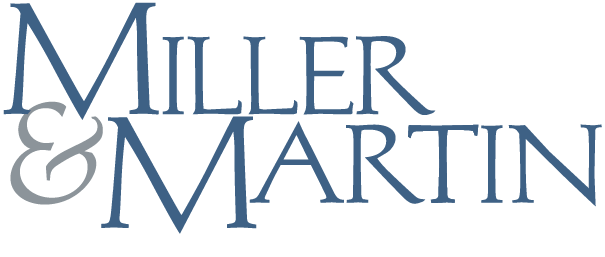Are You Prepared For An Unannounced OSHA Inspection?
Miller & Martin PLLC Alerts | November 20, 2015
Author:
by Mike Mallen
The Occupational Safety & Health Administration ("OSHA" in Georgia or "TOSHA" in Tennessee)1 is responsible for assuring that all employees have a workplace which is free from recognized safety and health hazards. OSHA conducts inspections to achieve its mission.
OSHA's method of conducting inspections, in almost every circumstance, is to arrive unannounced at any facility which it elects to inspect. All employers (with rare exception for certain governmental agencies) are subject to OSHA's jurisdiction. If you have even one employee, then you are subject to OSHA's enforcement authority.
When OSHA representatives, known as Compliance Safety and Health Officers ("CSHO's"), appear at your front door, the visit can be precipitated by a current or former employee's complaint, a particular emphasis program on which OSHA has chosen to focus (such as fall protection or machine guards) or it can be motivated by an employee's injury or illness.
If you desire to be proactive and to obtain the most advantageous outcome following an inspection, then your business should have in place a specific protocol and checklist for managing an OSHA Inspection.
You should consider the following steps and procedures:
I. OSHA Inspection Planning Steps:
- Designate your inspection team: Depending on the scope and complexity of the proposed inspection, team members may include a spokesperson, legal counsel, photographer, sampler, union/contractor liaison and document coordinator.
- Train your inspection team: Who within your organization should be contacted when an inspector arrives? What are inspection rights of OSHA and the rights of employers and employees? What are OSHA standards? How do you control the flow of information?
- Provide inspection tools: Camera/video camera, document control log, copy of OSHA’s Field Operations Manual, management contact list, sampling tools, and document labels.
- Be prepared to designate specific and direct inspection walk-around pathways and routes.
- Determine warrant/consent approach (you have the right to request a search warrant, but the inspector will definitely return with one in hand). Tip: Generally, waive the warrant requirement and consent to the inspection but only after legal counsel or a qualified company officer negotiates acceptable scope and conditions for the proposed inspection.
II. Procedures for Managing OSHA Inspections:
- Company representative should be contacted by the receptionist as soon as the CSHO enters the facility; and the company representative should immediately join the CSHO to coordinate the inspection.
- The CSHO should be escorted by the company representative to a private room and asked for OSHA credentials and identification.
- The company representative should ask the CSHO the purpose of and the cause for the visit. If it is the result of an employee complaint, the CSHO will normally provide a copy of the complaint without the employee's name or signature, consistent with OSHA confidentiality policies.
- Limit the scope of the inspection. In complaint visits, any on-site inspection is normally limited to the area of the complaint or the equipment that is the subject matter of the complaint.
- Have your 300, 300A and 301 logs and forms in good order and in an accessible location. The CSHO will usually want to review OSHA Logs (3-5 years). Also be prepared to provide the CSHO with your Hazard Communication Program documents. The inspector will also check for posting of the required OSHA employee notification poster.
- The CSHO may request to speak privately with non-managerial employees during or after the tour. The inspector has the right to designate the meeting as private, but management representatives should ask to sit in on the interview. Frequently, the inspector will allow the employer’s request to sit in.
- The designated company team should document the areas inspected, equipment observed, photos or samples taken and comments made by the CSHO or employees. Those notes should be put into a summary report for company management and legal counsel.
The above checklists are intended to illustrate, in general terms, both the steps which an employer should have already taken, and, the best practices for managing the inspection event and post inspection activities. The list is not intended to be exhaustive and will vary according to your specific circumstances.
Miller & Martin is happy to visit with you at your facility to discuss your specific needs and requirements both under OSHA regulations and with an eye toward assuring that the administrative record and evidence resulting from an OSHA inspection is properly gathered and recorded so that you will be adequately prepared to deal with any citations, fines or abatement orders from OSHA.

